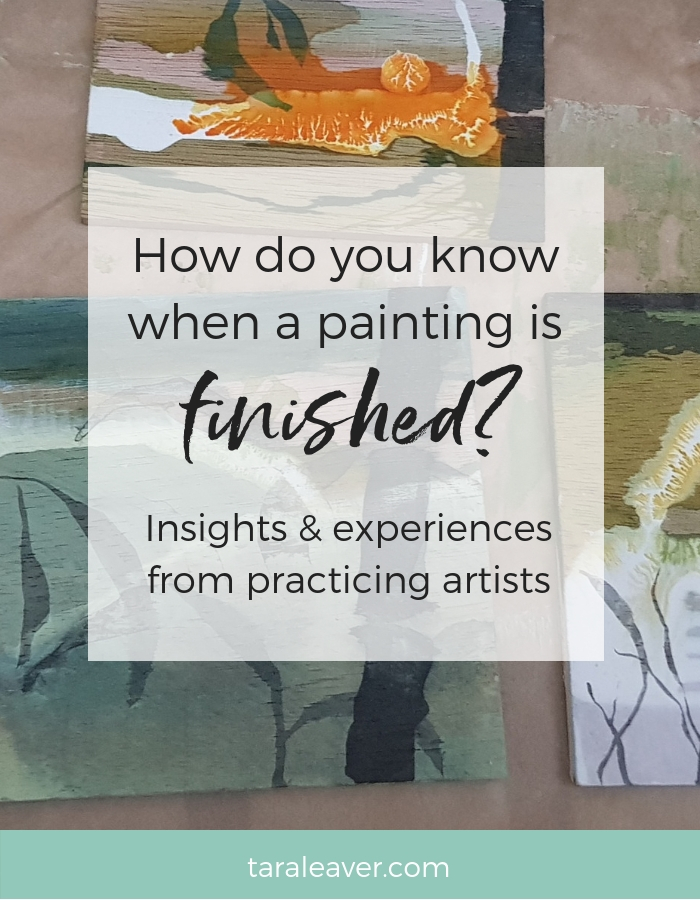
I wrote a post about this six years ago {?!}. In some ways my work and perspectives have changed a lot since then, in others, less so. But it’s a topic that bears revisiting, if only because it challenges so many of us.
How DO you know when a painting is finished? {Or any work of art, for that matter?}
I recently read Sanctuary: Britain’s Artists and their Studios {aff.link} – a huge tome full to the brim with deeply absorbing conversations with well known British artists about their workspaces and processes – and was fascinated by some of their responses to the question of knowing when work is complete.
So I’ve compiled some answers to this question here, both from the book and from artist friends, as well as my own response to this question, as a way to offer ideas – or comfort! – around this potentially tricky area.
From the simple to the more nuanced, perhaps you’ll find a phrase or idea here that gives you permission to call a piece done, or that offers a sense of how to navigate it for yourself.
“When it says yes to me.”
Anthony Caro quoting Larry Poons
“I take a while to know when I’m done. I just leave the painting out in my studio, and look at it out of the corner of my eye. When it doesn’t seem to need anything else, it’s done. It’s as if the waters have closed up after all the activity.”
Fiona Rae
“I get that moment (and I do usually express it out loud ‘aah!’ followed by ‘yes!’, but fairly quietly, like a sigh of relief under my breath, not shouting or punching the air) when something just clicks into place for me, a final mark, the ultimate highlight, smudge or flourish where I just know I can finally leave a painting.
I can only describe this quiet realisation as a feeling, somewhere between love and release of tension, a feeling of relaxed relief and quiet satisfaction, a lack of ‘niggle’, a feeling of being able to let go and walk away. {And that is what I try to do, usually needing to actually physically leave the studio and even the house…not look back, and not look at it again until tomorrow.}
I can only say that this moment comes from instinct, and not anything cerebral or intellectual, but then for me almost everything is about feelings; they often serve me better than my intellect.”
“I’m not a painter per se and prefer to work across lots of different disciplines. But my work is completed when I feel happy with the balance – the tension of push and pull, light and shade, hard and soft, clarity and ambiguity, restful space and interesting detail.
And when I’ve satisfied my curiosity and feel I’ve either conveyed the story or an emotional connection. However, mostly it’s intuitive.”
“For me, when I am working on a painting, it’s like there is an invisible thread between myself and the painting. There is a magnetic pull that makes me feel connected in a way that permeates my dreams sometimes. Sometimes I have to leave this painting alone for a while, but the thread is still there, and then one day, there is a certainty of what is missing.
What I do know is that there comes a time when I know the thread needs to be cut and I feel the next painting rolling in, the magnetic pull and the dreams have diminished and my gaze can look at the whole of the painting without noticing the feeling of something being missing.”
“In an ideal world, you would know that a piece is finished when you stop painting and you feel satisfied, when nothing about the painting disturbs you or you don’t see anything further to “fix”. Of course, this is much easier said than done.
For me and my working style, it’s simply that point when you look at the piece, you like what you see and feel, you step away, you return to it (this could be after minutes, hours or days) and when you feel nothing is missing.
It’s not about attaining perfection, it’s more about trusting yourself and allowing yourself to stop working on it because you’re happy with it.”
And this, from Kent Nerburn’s book Dancing with the Gods:
“We are seeking that moment when our work turns toward us and says ‘I am complete. I am done. I am all I ever can be.’
In truth, this seldom happens. More often we reach a point where we become blind to our work. We find ourselves analyzing rather than creating, hoping that by parsing our decisions one more time or a little more closely we will come to some certainty and clarity, when in fact, with each parsing, we are becoming less clear and less certain. We know too much and trust too little. Eventually, we reach a point when we simply have to say, ‘Enough, I choose to let go.’”
For me, it does always come down to a feeling. Yes I’ll check for things like overall balance, nothing jarring {unless I want it to be!}, everything working together and individual elements working within themselves. I might turn it different ways, look at it from a distance and close up. Some paintings take months to find their way, some very little time.
But ultimately, I don’t believe you can ‘brain it’ – you learn to identify a certain feeling that yes, this one is done. And then maybe you change your mind later. 😉
Finished…for now
One very empowering concept I was ‘given’ recently is ‘finished…for now’. Three words, not rocket science, but they have been a major game changer for me, giving me permission to stop and call a painting done, knowing that the door is still open for me to come back to it, or not. Very freeing.
What’s clear to me, reading these and from my own experience, is that there is no ‘right’ way, but that it’s very personal and often to do with an intuition or feeling.
And you can always change your mind. {At least till it’s sold!}
How do you know when a painting or other type of artwork is finished? Share your wisdom in the comments!

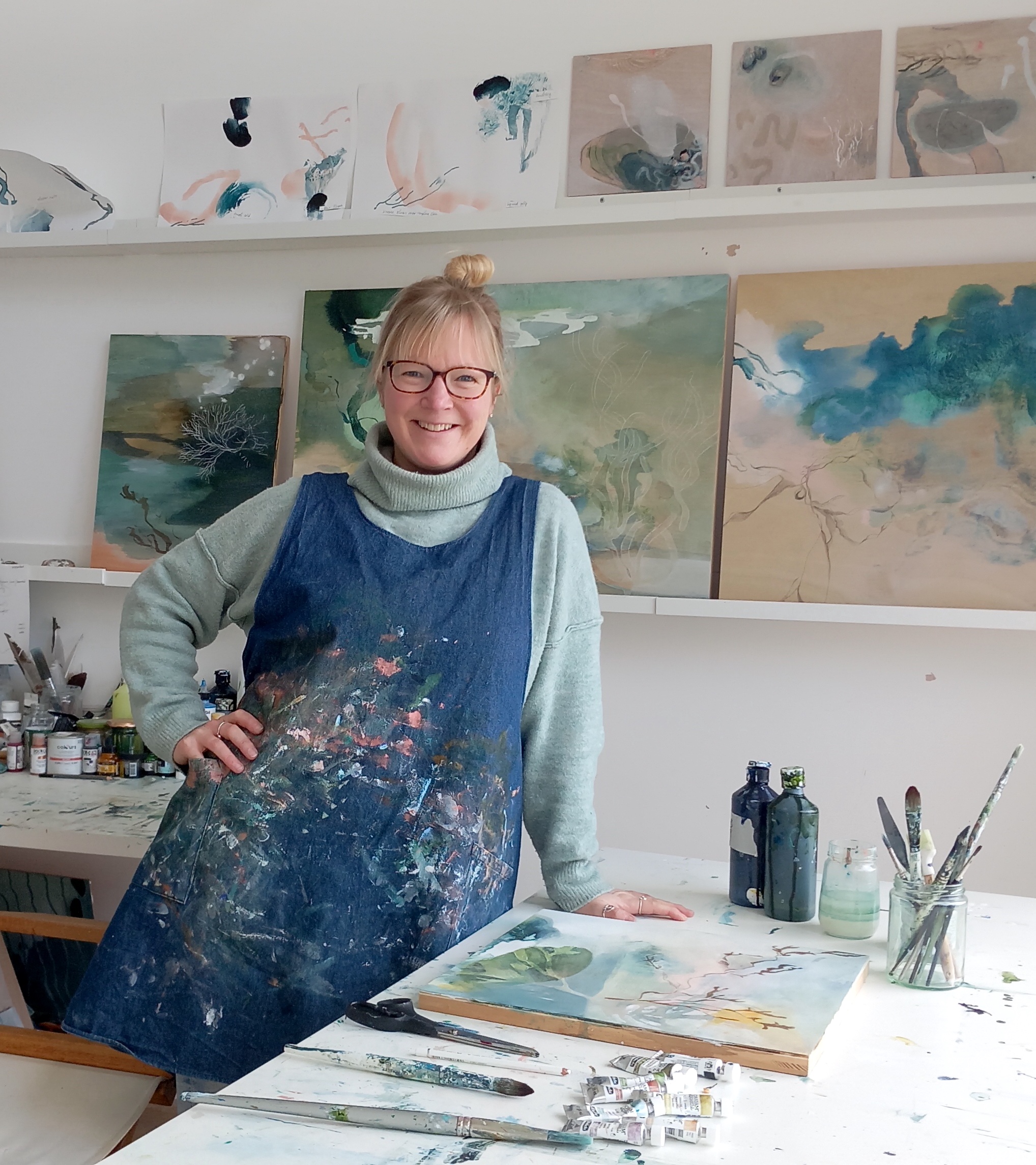
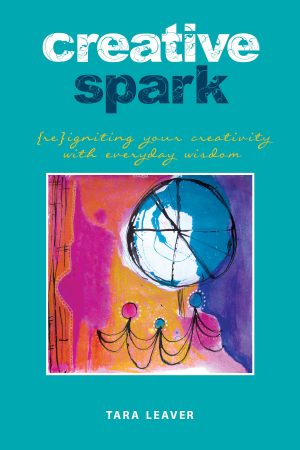
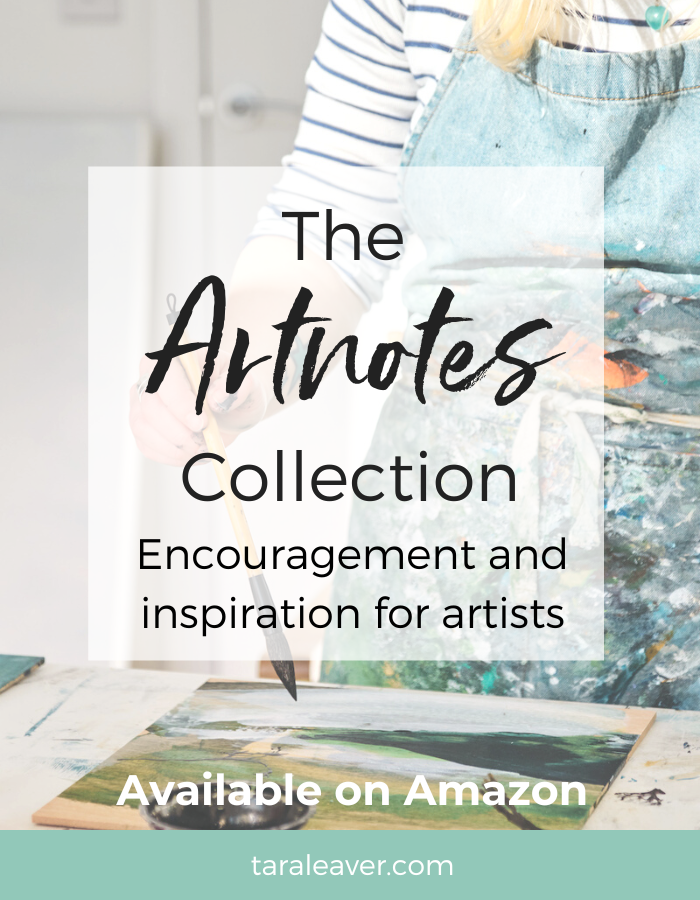
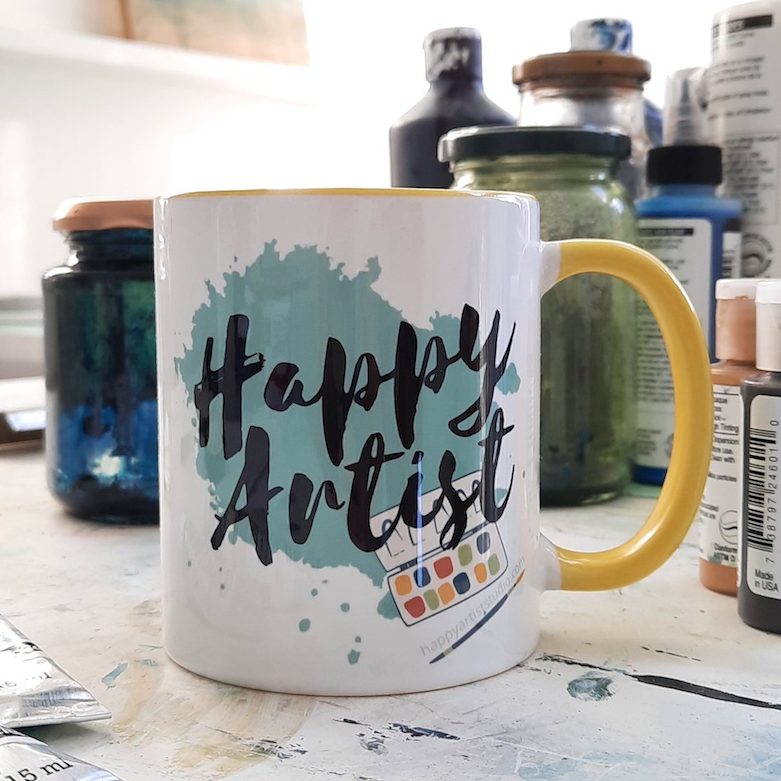
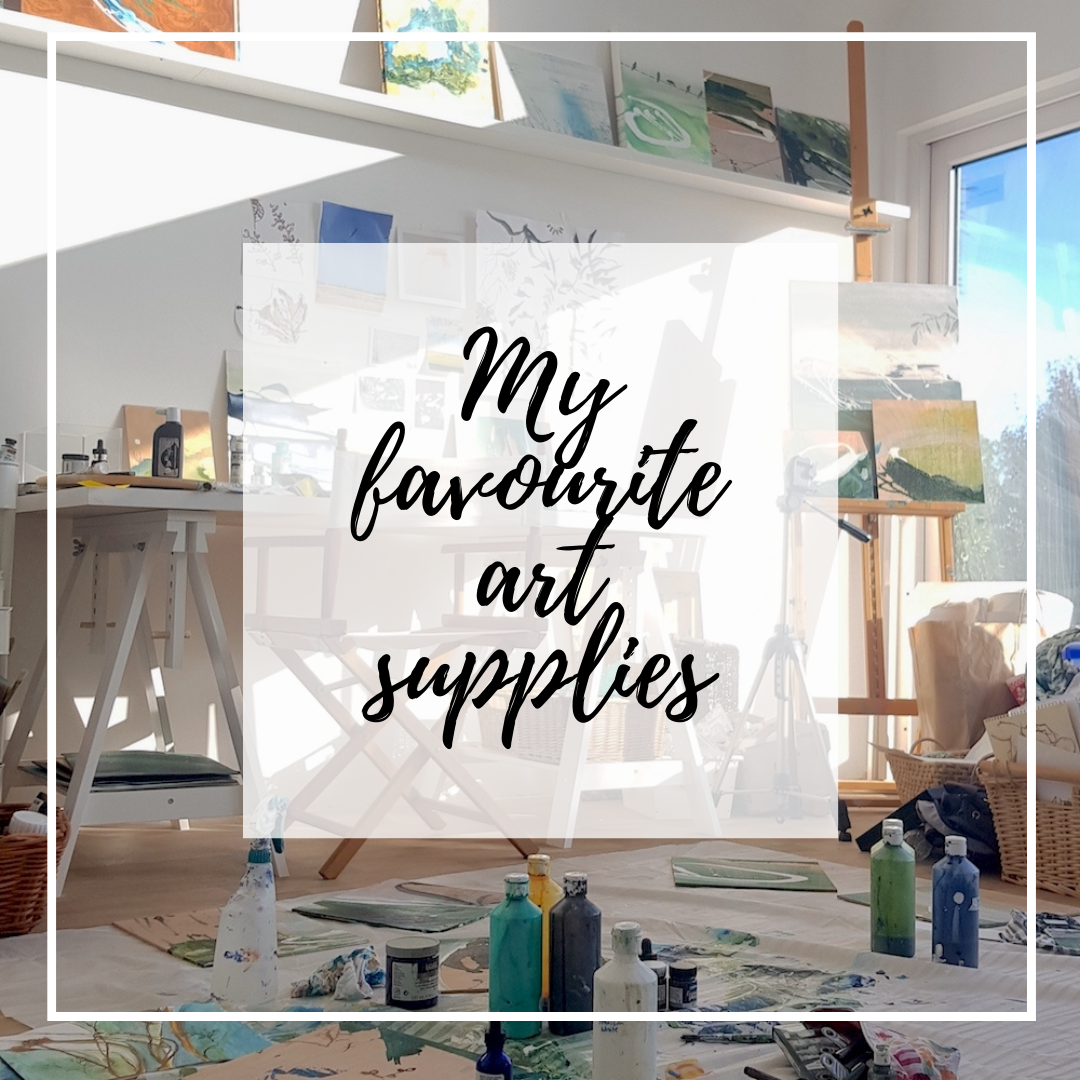
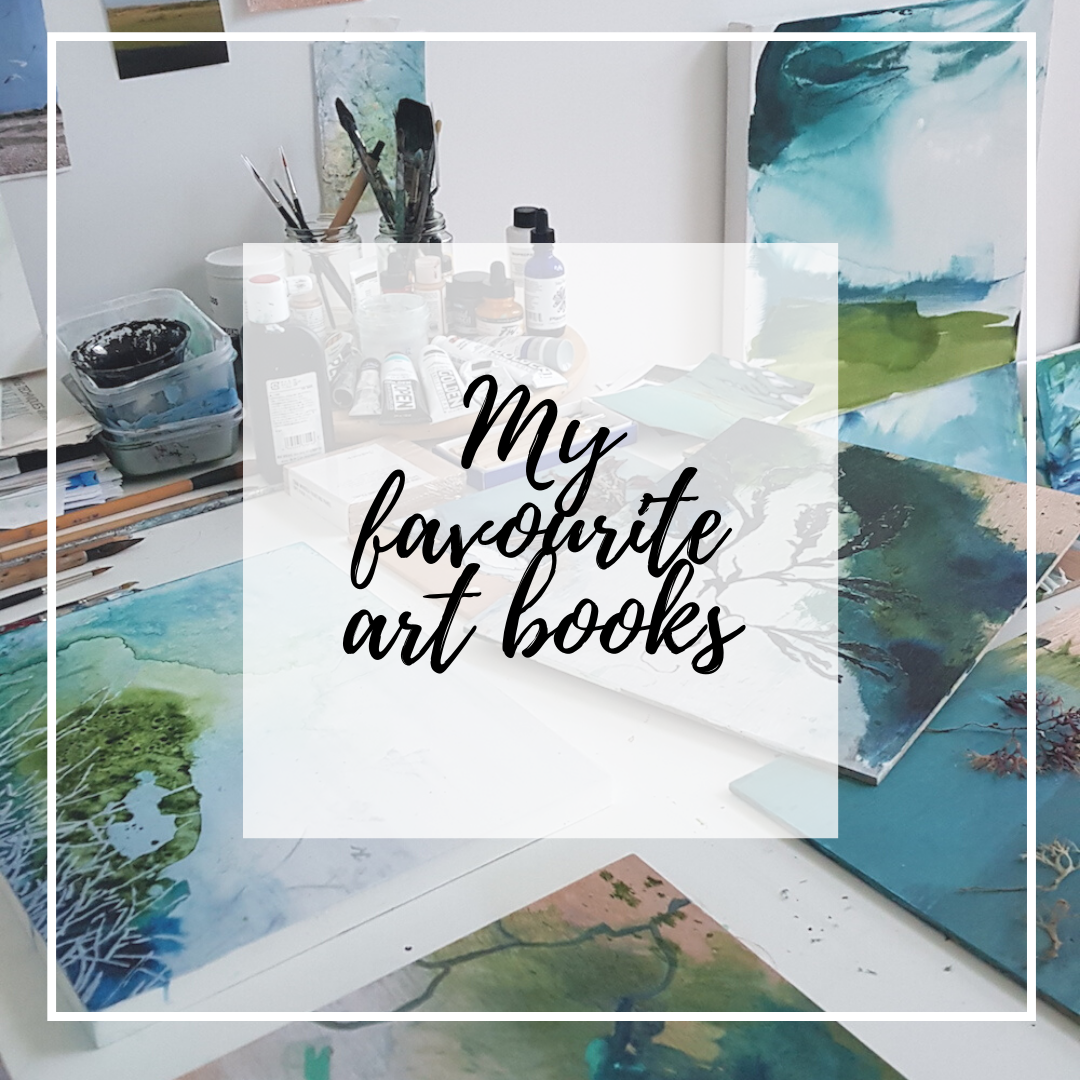
I don’t know when it’s finished! Often times I sign a piece and when looking at it some months later (if it’s still around) I do minor changes anyway… or larger ones.
And then there are those pieces that get totally painted over. My reaction then is: but what the h*ch was I thinking when I did this?
Yet I know I needed this “done-for-now-attitude” in order not to feel overwhelmed by the whole creating process.
And it’s so reassuring to think that I’m the artist, I get to decide when it’s done, even if it’s not an intellectual process. But it’s still MY process/decision and signing a piece is not a verdict, it’s also a part of my process.
‘Finished for now’ has been quite revolutionary for me – it allows for anything to be true and you get to decide. ‘Signing a piece is not a verdict’ – love that Gina!
I love the ‘finished for now’ concept! I have occasionally gone back to work a piece but usually I know when I’m done because it feels like the room has gone suddenly quiet!
Oh, love that description of how you know it’s finished Cherry!